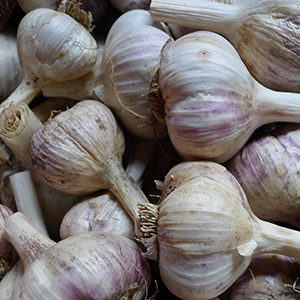
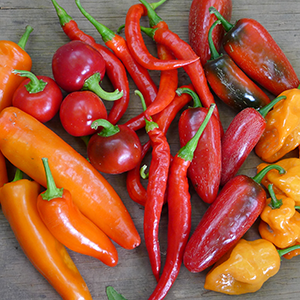
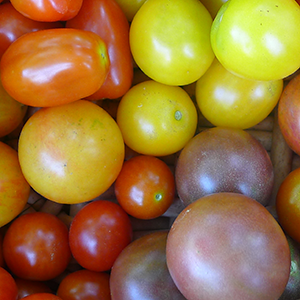

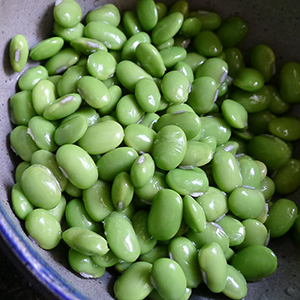
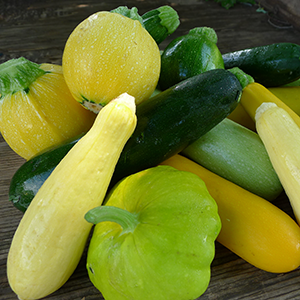
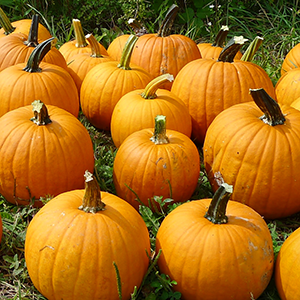



Celery
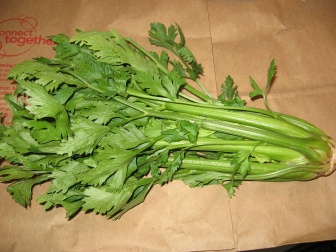
Celery is as well-known as potatoes, onions and carrots. Its crunchy texture and distinctive flavor makes it a popular addition to salads and many cooked dishes. Although it is available throughout the year, you will enjoy the best taste and quality of celery during the summer months when it is in season and locally grown varieties can be easily found in the markets. It is a biennial vegetable plant that belongs to the Umbelliferae family whose other members include carrots, fennel, parsley and dill. While most people associate celery with its prized stalks, the leaves, roots and seeds can also be used as a food and seasoning as well as a natural medicinal remedy.
Celery is very high in Vitamins K and C, and contrary to some people's belief, it is not high in sodium.
Celery is very high in Vitamins K and C, and contrary to some people's belief, it is not high in sodium.
Storing / Preserving:
To store celery, place it in a sealed container or wrap it in a plastic bag or damp cloth and store it in the refrigerator. If you are storing cut or peeled celery, ensure that it is dry and free from water residue, as this can drain some of its nutrients. Freezing will make celery wilt and should be avoided unless you will be using it in a future cooked recipe. Celery should not be kept at room temperature for too long since, because of its high water content, it has a tendency to wilt quickly. If you have celery that has wilted, sprinkle it with a little water and place it in the refrigerator for several hours where it will regain its crispness.
Preparation / Use Suggestions:
Use celery leaves in salads or add both the celery leaves and chopped celery stalks to stews, casseroles, and stir fries. Try something a little out of the ordinary -- braise chopped celery with cabbage and onions and top with chopped walnuts, chopped celery leaves, and your favorite soft cheese. This method of cooking is easy and yields a different tasting cabbage -- the cabbage turns almost sweet!

